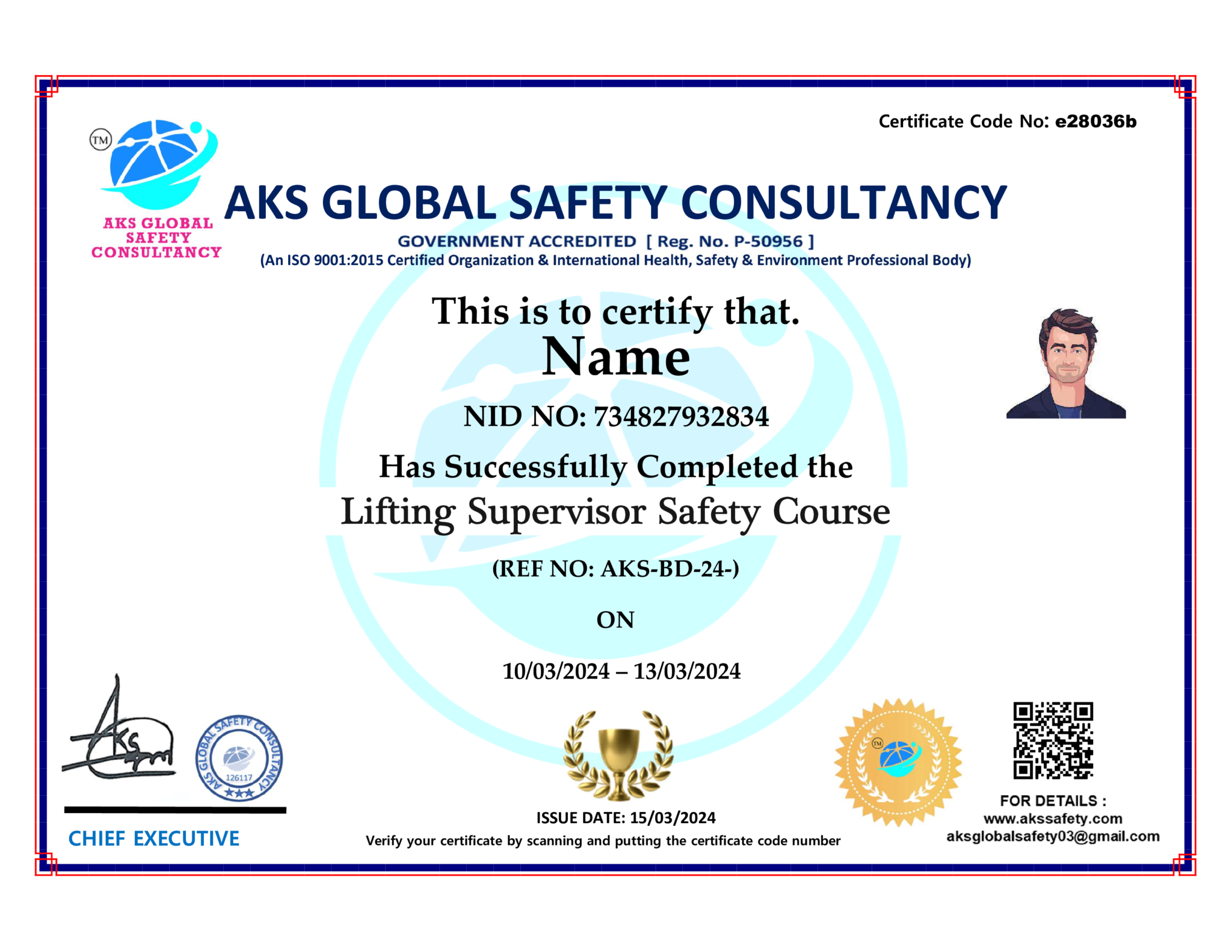Forklift/Manlift Safe Operation Courses
The Forklift/Manlift Safe Operation Course is designed to equip participants with the necessary skills and knowledge to safely operate forklifts and manlifts in various environments. This training emphasizes safety protocols, proper equipment handling, and hazard recognition to minimize risks in the workplace. The course includes both theoretical lessons and practical hands-on training. Participants will learn how to inspect equipment, manage loads, and navigate through different operational scenarios. Upon completion, trainees will be able to safely maneuver machinery while complying with industry standards and regulations. Certification is provided upon successful assessment.
- Introduction to Forklift and Manlift Equipment
- Safety Standards and Regulations
- Operator Responsibilities
- Pre-Operational Inspections
- Basic Maneuvering Techniques
- Load Handling and Stability
- Weight Limits and Capacity Ratings
- Environmental and Surface Conditions
- Forklift Attachments and Modifications
- Elevated Platform Safety
- Hazard Recognition and Avoidance
- Traffic Management and Pedestrian Safety
- Emergency Procedures
- Fueling and Battery Maintenance
- Parking and Securing Equipment
- Blind Spots and Visibility Issues
- Personal Protective Equipment (PPE) Requirements
- Handling Hazardous Materials
- Record Keeping and Maintenance Logs
- Practical Evaluation and Certification
This qualification is evaluated using assessments and Multiple-Choice Questions (MCQ). To receive this qualification, the learner must pass both tests with a certain percentage.
The qualification has recommended course duration of 4-5 days.
Note: However the course duration may be increased to meet additional learning needs if required but not reduced.
- Introduction to Forklift and Manlift Equipment
- Safety Standards and Regulations
- Operator Responsibilities
- Pre-Operational Inspections
- Basic Maneuvering Techniques
- Load Handling and Stability
- Weight Limits and Capacity Ratings
- Environmental and Surface Conditions
- Forklift Attachments and Modifications
- Elevated Platform Safety
- Hazard Recognition and Avoidance
- Traffic Management and Pedestrian Safety
- Emergency Procedures
- Fueling and Battery Maintenance
- Parking and Securing Equipment
- Blind Spots and Visibility Issues
- Personal Protective Equipment (PPE) Requirements
- Handling Hazardous Materials
- Record Keeping and Maintenance Logs
- Practical Evaluation and Certification

